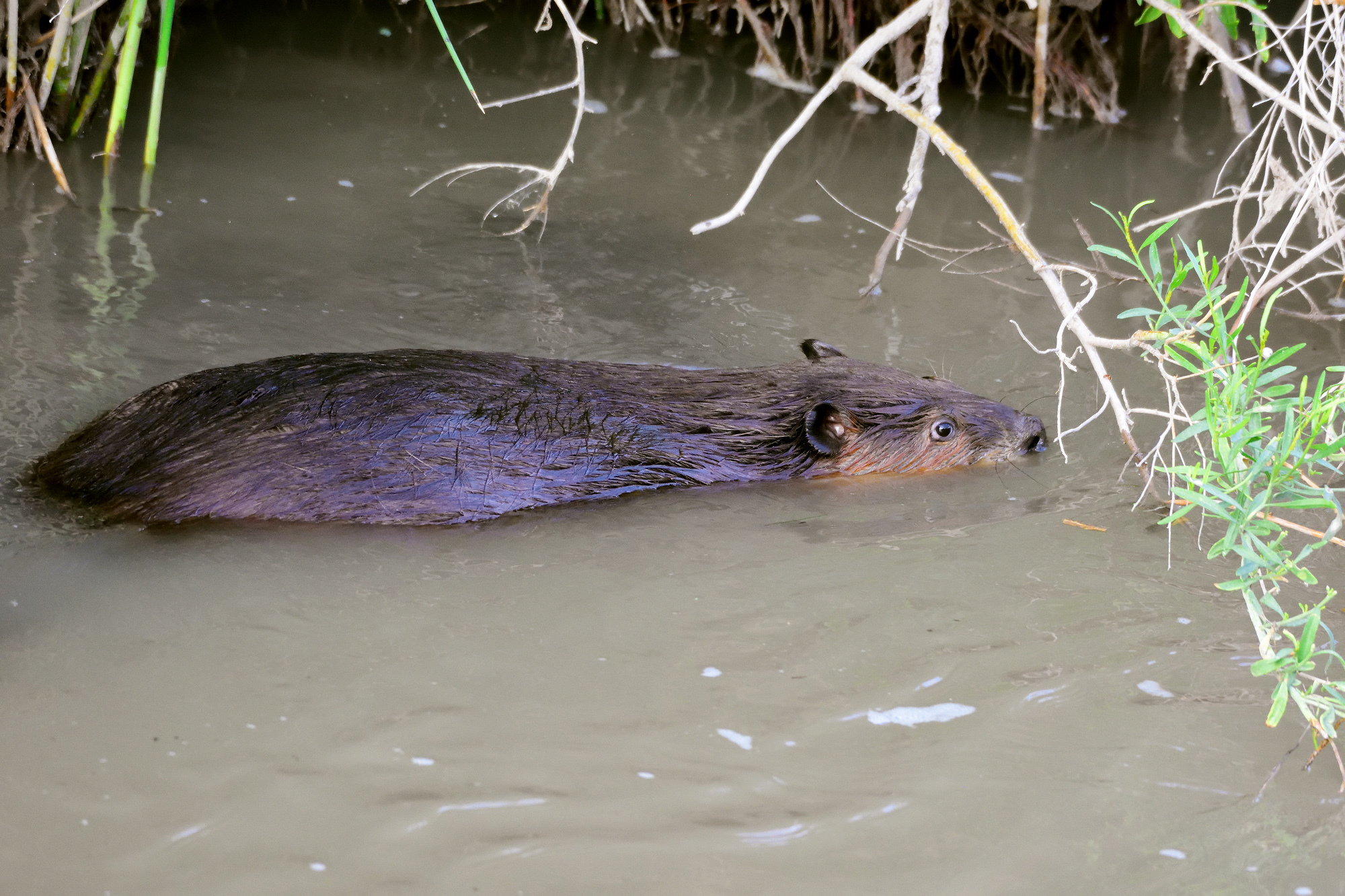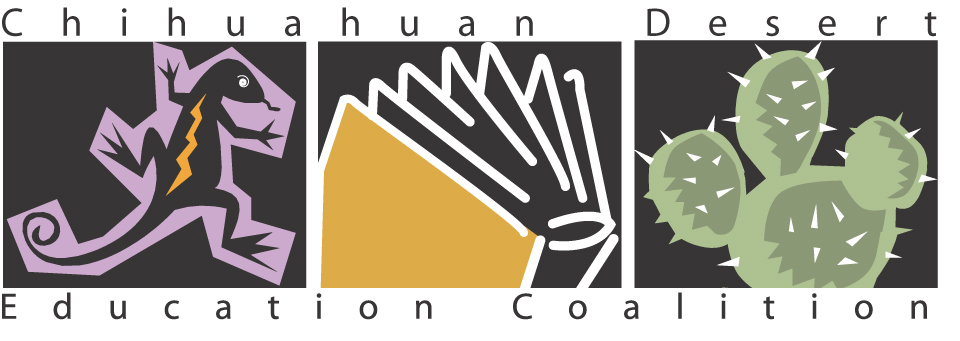The Wetland Roost is a prime candidate for water-efficient restructuring.

Snow Geese in flight and hundreds of Sandhill Cranes on the water at Wetlands Roost, Bosque del Apache National Wildlife Refuge. Photo by Phil, Wikimedia Creative Commons
Upgrading an iconic wetland
Each December morning, hundreds of spectators travel to witness the wonder of winter bird migration in the heart of New Mexico’s desert. Near the northern edge of Bosque del Apache National Wildlife Refuge sits a beautiful area known as the “Wetland Roost.” This is where many of those travelers begin their Bosque del Apache experience. You may recognize the scene of a thousand sandhill cranes peacefully standing over shimmering water in front of hazy blue mountains. During sunrise a few hundred snow geese will lift off noisily in the cold morning air.
However, this iconic experience has been missing at this location over the past two years. There has been no water in the Wetland Roost, and thus no flocks of cranes spending the night there. Take a drive to the refuge these past two winters and you will have noticed a parking lot for the Wetland Roost facing a dry desert expanse. This has been confusing and disappointing for all who love the refuge. Even though there are many other seasonal wetlands to enjoy, many visitors wonder if the condition of the Wetland Roost represents the whole refuge.
Water-wise Decisions
Why has the Wetland Roost not been filled since autumn of 2019? In New Mexico, water availability has changed dramatically. With most of the state facing severe drought conditions and predictions of an even drier future, we must recognize that practices that were sustainable in the past are no longer sustainable now. Every land manager must adapt to be water-efficient and meticulous with how to best use this precious resource. At Bosque del Apache, that means that refuge biologists and management have also changed how water is used on the land.
Limited water at Bosque del Apache translates to prioritizing the filling of seasonal wetlands which have high amounts of migratory bird food. This has left the Wetland Roost dry as refuge staff waited for the people, tools, and time to revitalize this beloved wetland and improve its water efficiency.
Adapting the Landscape
Every challenge can be seen as an opportunity, and the temporary pause of the Wetland Roost is no exception. The Wetland Roost is a prime candidate for water-efficient restructuring.
Source – US Fish and Wildlife Service Report from Bosque del Apache National Wildlife Refuge, 2022.
Cover photo – Larry Lamsa, Wikimedia Creative Commons

